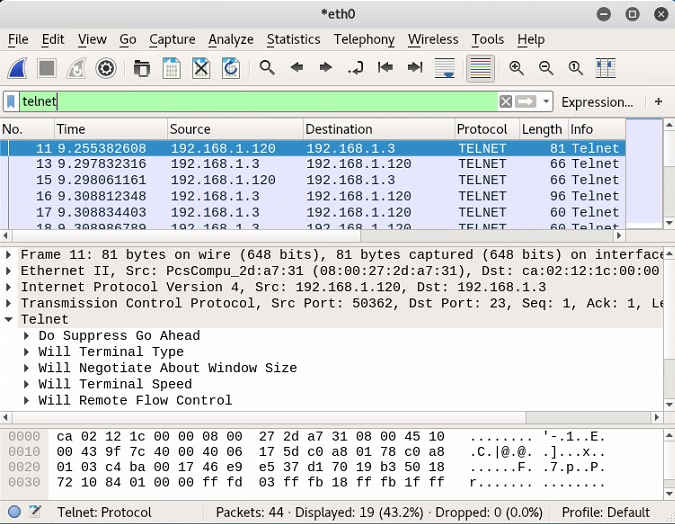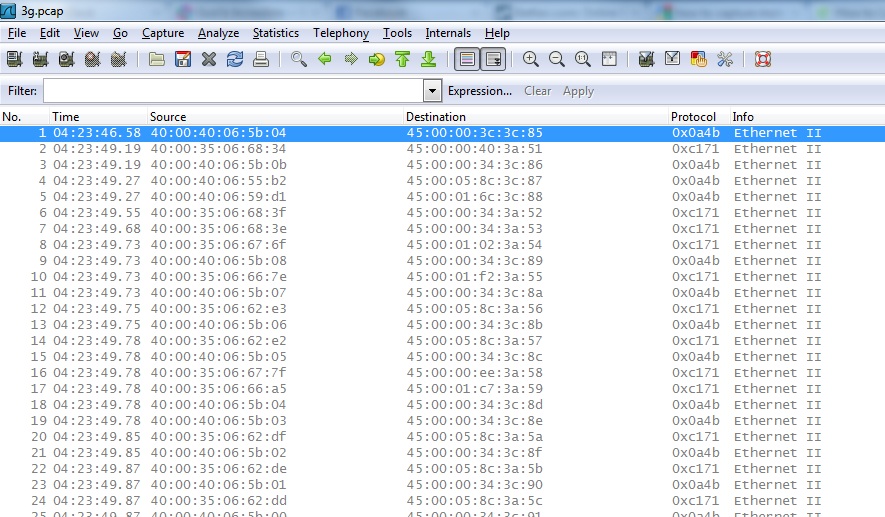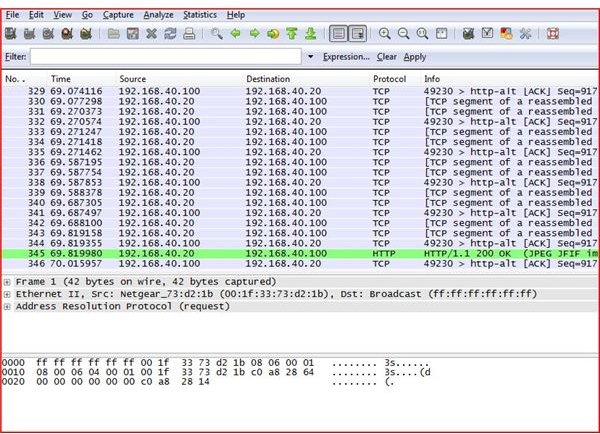

Make sure both the device being tested and the computer are connected to the same network.ģ. Procedure Option #2: A more precise methodġ. So we've reduced the possible IP's to two and can make an educated guess on which is the one we'll need. This particular device, an ESP 880AD, has Dante, so it's likely that the 169.254.17.129 is the Dante address and 10.0.0.160 is the ControlSpace device's address. One will be the computer's IP address the others will be our candidate IP addresses.

Click on the Source column to sort by IP address and scroll around to view the list.ĥ. Capture several seconds of packets, then click the red square in the toolbar to stop capturing. After double-clicking on the interface name, Wireshark will begin capturing. Your computer may have a different name for the interface.ģ. Power up the device and wait until if finishes booting.ģ. Launch Wireshark and select the network interface that's connected to the device. If you need POE to enable the device, then use a switch but remove all the other devices from the switch.Ģ. Connect the network interface of the computer directly to the device. Procedure Procedure Option #1: Quick but a bit messyġ. Wireshark can also do name resolution if needed.This article outlines two possible procedures for finding the IP address of ControlSpace devices that don't have a built-in display interface by using Wireshark, a network protocol analyzer application.
Wireshark capture packets on my device download#
If you download the capture file it will always show the entire packet unless you specified a max packet length. Level of Detail - This setting only affects how much detail is displayed in the capture window after you click stop.For example, if you set this to 100, the capture will grab the first 100 packets that match the filter.



 0 kommentar(er)
0 kommentar(er)
